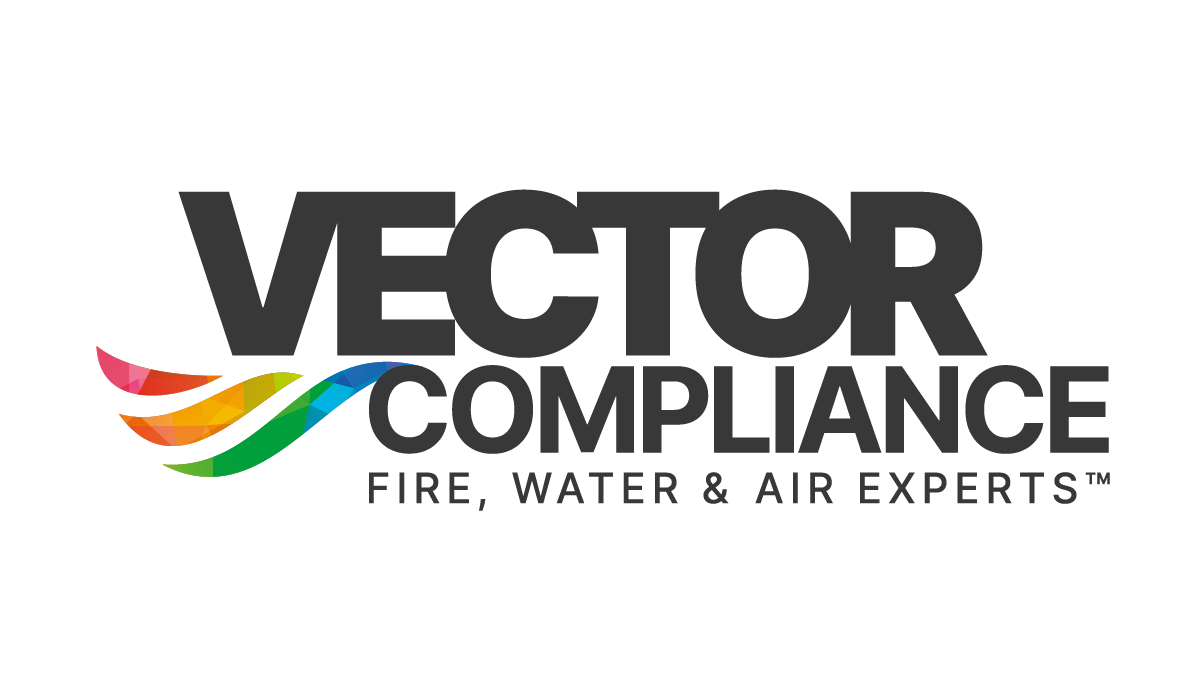Private Water Supply Risk Assessments
Private Water Supply Risk Assessments
Introduction
A private water supply refers to any water source that is not provided by a public water utility. It could include wells, boreholes, springs, or other sources that are privately owned and maintained. Private water supplies are commonly found in rural areas or in locations where access to public water systems is limited or unavailable.
The purpose of this risk assessment report is to evaluate the potential risks associated with a private water supply. By conducting a comprehensive assessment, we aim to identify potential hazards, assess their significance, and provide recommendations to mitigate or manage the identified risks.
Methodology
In order to obtain a thorough understanding of the private water supply system and associated risks, the following steps were undertaken:
1. Site Visit and Inspection: Our team conducted an on-site visit to assess the physical condition and construction of the water supply infrastructure. This included inspecting the source, storage, treatment, and distribution components.
2. Water Quality Testing: Water samples were collected from various points within the supply system and sent to an accredited laboratory for detailed water quality analysis. The parameters tested included microbiological, chemical, and physical characteristics.
3. Review of Records and Documentation: Any available records, permits, maintenance logs, and previous water quality reports were reviewed to gain additional insights into the history and management practices of the private water supply.
4. Risk Assessment and Analysis: The gathered information was evaluated to identify potential risks and hazards associated with the private water supply. Each risk was assessed based on its likelihood of occurrence and potential impact on human health.
Findings
Based on the assessment conducted, the following key findings were identified:
1. Source Contamination: The source of the private water supply shows signs of potential contamination from nearby agricultural activities. This introduces a risk of microbiological and chemical contamination, which can pose health hazards to consumers.
2. Inadequate Treatment: The treatment system in place is insufficient to remove certain contaminants, such as heavy metals and agricultural runoff, from the water supply. This increases the risk of long-term exposure to harmful substances.
3. Lack of Monitoring: The private water supply lacks a robust monitoring system to regularly assess and track water quality parameters. This hinders the ability to detect changes in the water condition and timely address any emerging risks.
4. No Emergency Plan: There is no documented emergency plan in place to guide the response and management of water supply disruptions or contamination incidents. This leaves consumers vulnerable in case of any unforeseen events.
Recommendations
Based on the findings, the following recommendations are provided to mitigate the identified risks and ensure the safety of the private water supply:
1. Source Protection: Implement measures to prevent contamination from nearby agricultural activities by establishing buffer zones, improving drainage systems, and promoting best practices in land management.
2. Upgraded Treatment System: Upgrade the treatment system to ensure the removal of all relevant contaminants, including heavy metals and agricultural runoff. This may involve the installation of advanced filtration or disinfection technologies.
3. Regular Monitoring: Implement a comprehensive water monitoring program to regularly test for key parameters, including microbiological, chemical, and physical characteristics. Ensure that the monitoring is conducted by a qualified professional and adheres to relevant regulatory guidelines.
4. Emergency Response Plan: Develop and document an emergency response plan outlining the procedures to be followed in case of water supply disruptions or contamination incidents. This should include contact information for relevant authorities, contingency measures, and regular drills to test the efficacy of the plan.
Conclusion
In conclusion, this risk assessment report highlights various risks associated with the private water supply system. By implementing the recommended measures, the identified risks can be effectively mitigated, ensuring the provision of safe and healthy water to consumers. Regular monitoring, maintenance, and adherence to regulatory guidelines are crucial in maintaining the integrity and quality of the private water supply system.

